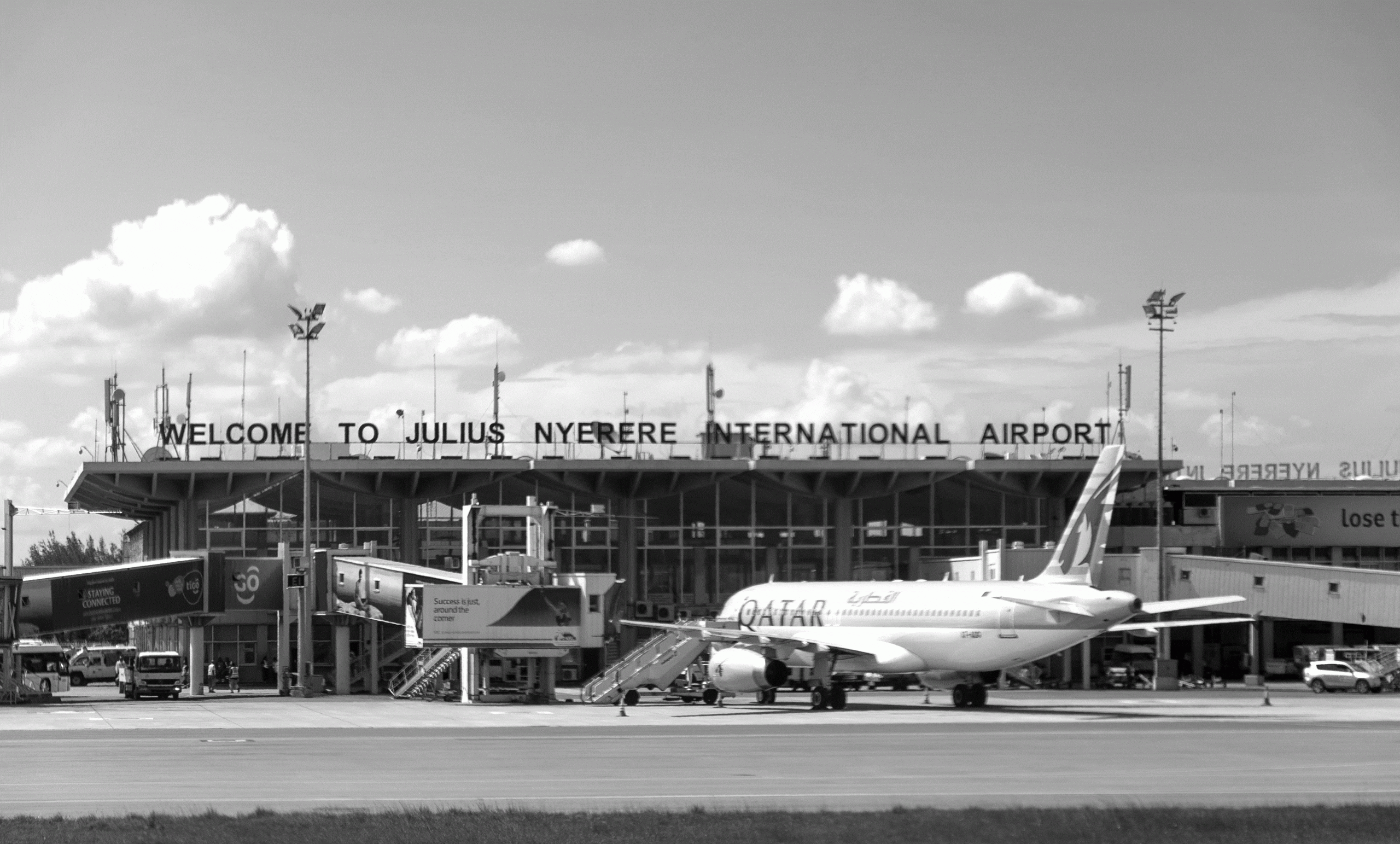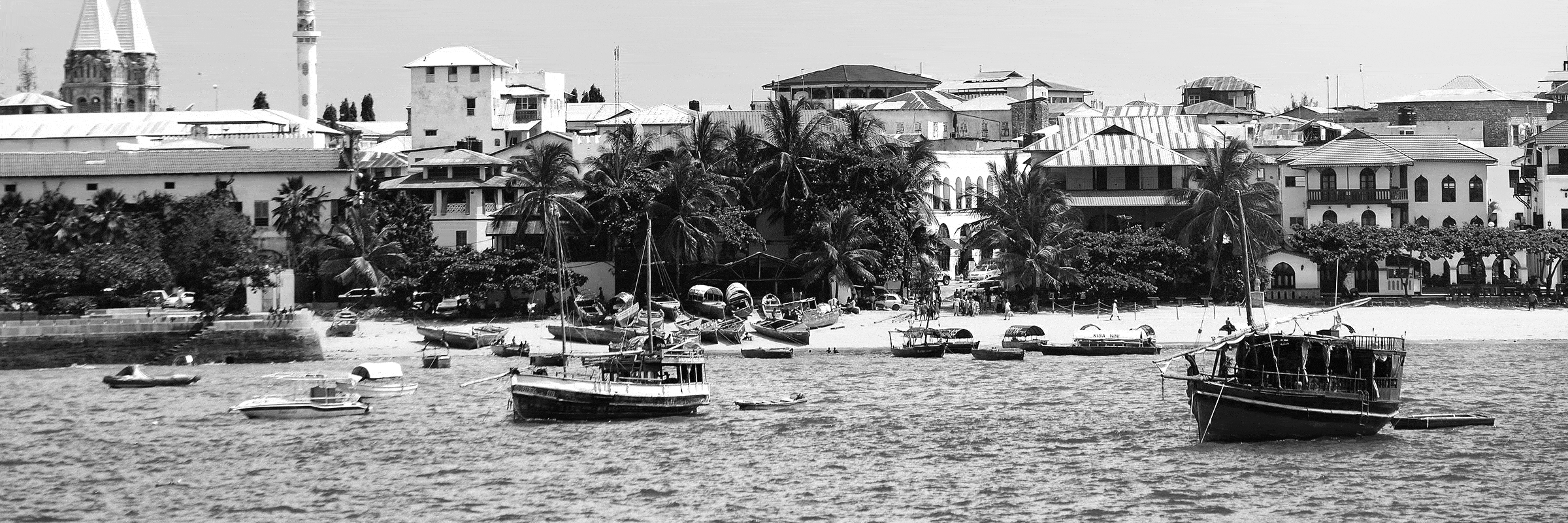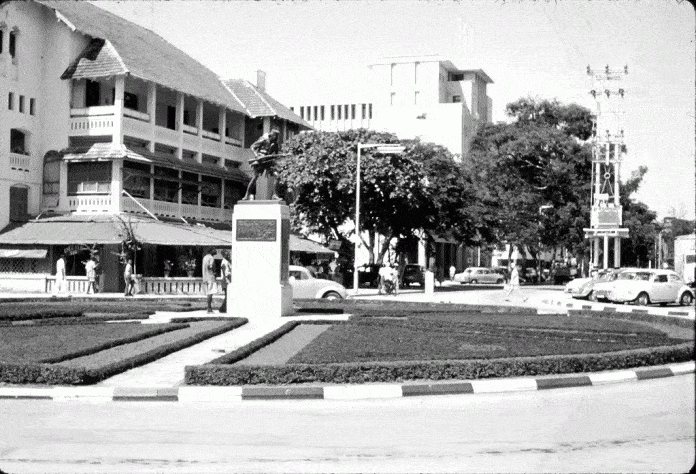Important and Historical Tanzania Facts to Know
- The 1,500 meters Commonwealth Men’s Games record of the New Zealand’s Christchurch Games in 1974 was won by Filbert Bayi of Tanzania. Filbert, is the runner who brought the United Republic of Tanzania to the world with his victory.
- Tanzania comprises both the top and most bottom Africa’s points – this refers to the peak of Mount Kilimanjaro (which is 5,895 meters higher above the level of the sea) and Lake Tanganyika‘s base (358 meters under from the sea level). This is one of Tanzania facts that make the country stand out from the rest in the world.
- Dr. William Shija of the national level of Tanzania was selected as the Commonwealth Parliamentary Association Secretary-General in year 2007, additionally Dr. Asha-Rose Migiro who had the role of the UN Secretary-General from 2007 to 2012. This is among the very top interesting facts about Tanzania.
Key Criteria to Consider

- The United Republic of Tanzania joined the Commonwealth in year 1961
- Population: 55.57 Million (2016 figures)
- GDP: Annual change of 7.0% (2016 figures)
- United Nations Development Program (UN HDI): Tanzania ranks 151st in all countries in the world.
- Tanzanian Currency – Shilling in banknote format
- Official languages of Tanzania: Kiswahili, English
- Time in location: Greenwich Mean Time and 3 hours ahead
- Currency: Tanzania’s money is Shillings (in short abrreviation it is TSh)
Tanzania Geography Facts
Area in total: 945,090 square kilometres
Beach: 1,420km
Capital: Dodoma
Population measurement (per square kilometer): 67
The Tanzania Republic is bordered with the Indian Ocean on the eastern side, plus surrounded by eight countries: the Democratic Republic of the Congo (on the side of Tanganyika Lake), Kenya, Malawi, Rwanda, Zambia, Uganda, Burundi, and Mozambique. Zanzibar is also part of Tanzania (which includes Pemba, Unguja which is the main island, and other small islands).
Facts About Tanzania Major Cities and Their Population:
Dodoma (capital, 410,956), Dar es salaam (commercial and administrative center, 4.8 million), Mwanza (706,453), Zanzibar City (501,459), Arusha (416,442), Mbeya (385,729), Morogoro (305,840), Tanga (221,127), Kigoma City (215,458), Songea (203,309), Moshi (184,292), Tabora (160,608), Iringa (151,315), Musoma (134,327), Sumbawanga (124,204), Shinyanga (103,795), Mtwara (100,626) and Kaswara 67,704).
Transportation:
The network of road in the country stretches approximately 90,810 kilometers, 15 percent of this is tarmac. Additionally the country has two rail systems, with a kilometre distance of approximately 4,460 in total, that are operated at two different levels. One connects central Tanzania with the main city Dar es salaam, west and north with Kenya (Tanzania Railway Corporation, stretches for a 2,600 kilometers distance); another one joins Dar es salaam with Zambia (the railway organization responsible with this route is known as TAZARA, or in longer form Tanzania-Zambia Railway Authority).

Mtwara, Dar es Salaam, Zanzibar, and Tanga are the main ports of the country. Frequently passenger boats services people and cargo between Zanzibar and Dar es salaam. Ferries also transport passengers and cargo on Lake Victoria.
The country also boast three major airports that are international (Kilimanjaro, Dar es Salaam, and Zanzibar) plus at least 50 more airports. Due to Tanzania’s size together with its dispersed population, airline operations have risen up to be the largest form of domestic transportation for formal and commercial trips.
International Affairs:
The Tanzanian Republic participates in the Commonwealth, the Caribbean and the Pacific, the African Community, the East African Community, the Indian Ocean Association, the NAM (also known as the Movement of the Non Aligned countries), the Community of the Southern African Development, World Trade Organization, the United Nations and as a member.
The United Republic of Tanzania was also an ally (with Kenya and Uganda) of the East African Community, which since 1967 had one market and many shared services, but collapsed in 1977. The three countries resumed cooperation in 1993, a movement that brought about improvement. the sustainability of standards and policies in various activities, and the launch of the new East African Community in January 2001 and the East African Customs Association in January 2005. The bloc grew in July 2007 when Burundi and Rwanda joined and became members. The United Republic of Tanzania is the headquarters of the East African Community in its hometown of Arusha.
Landform and Related:

The country has several distinct areas: fertile coastal zone; Maasai grassland (Maasai Steppe), mountains in the northern side (including Mount Kilimanjaro up approximately 5,895 meters high); and high shores in the southern and central zones. Also more than 61,000 square kilometers of water exists in the country. Unguja Island (located 36 kilometers off the mainland) is fertile, with a large population to the west, and a small population on the eastern side.
Conditions of Climate:
It depends on the geographical location: tropical coast, where there is a lot of heat and humidity (with a season of rain between March and May); relatively warm weather in the hills (with a rain season that is short between November and December, then Long Rain kick in between February and May); on the other end, there are drought conditions in coastal regions with sufficient variations of different seasons.
Overall Environment:
When it comes to the biggest important environmental issues, the ones that take the front seat are land degradation, desertification, drought, deforestation, plus coral reefs destruction.
General Vegetation:
Most of the existing vegetation is a tropical “Lush” species on the coast; The rest of the country, apart from urban areas, is Savannah and shrubs. Forests and timber cover 37 percent of the country’s land area, which has declined by 1.1 percent between 1990-2010. Cultivated land is about 16 percent and land that can sustain sustainable agriculture is two percent of the total land area of the country.
Tanzania Facts About Animals:
You cannot talk about Tanzania facts or its profile without including wild animals in your conversation. National reserves and wildlife sanctuaries cover about 16 percent of Tanzania, includes the Serengeti National Park (popularly known for its seasonal wildlife, especially the antelope, zebra and others). Small groups of monkeys can be seen at the National Park of Gombe which is bordering the Tanganyika Lake. The steep walls of the Ngorogoro Park volcanic mountain create protection together with a natural barrier to wildlife in a great and beautiful natural environment. Rhinos and elephants are unfortunately reduced from poaching despite government measures to protect them. 36 species of mammals and 44 species of birds are considered endangered (2014).
If you want to know more about the history of the United Republic of Tanzania and other fun facts about Tanzania, visit the full category by clicking here!

































